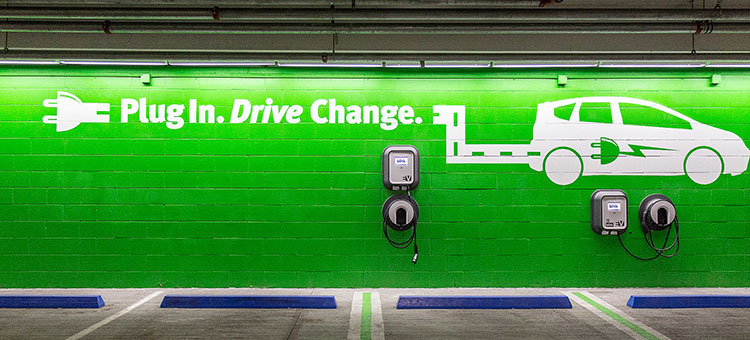
A significant push in policy development and awareness campaigns is required if EV sales, which reached only around two percent of total U.S. passenger vehicle sales in 2018, are to rise to meet market growth projections. The Energy Information Administration predicts that EVs will account for eight percent of auto sales by 2025 and recent data suggest that the public has even stronger expectations for the EV market. Nationwide, four in 10 Americans believe the majority of vehicles will be electric by 2029 according to a survey conducted by AAA. This relatively rosy prediction is at odds with the stagnant levels EV awareness in the United States over the past several years. Even in California, a relative EV hotbed in the United States, EV awareness did not shift appreciably from 2014-2017 according to a recent survey from University of California, Davis. Awareness of EVs will need to increase if we are to expect significant growth in the market.
Electric utilities are in a position to accelerate EV adoption and close awareness gaps via their existing investments as well as newly proposed programs that focus on transportation electrification. To date, electric utilities across the United States have only invested $20 million in education and outreach programs. This is less than two percent of the total $1.18 billion in approved transportation electrification investment overall. Additionally, education and outreach components are only included in 20 out of the 55 approved programs tracked by the Utility Filing Dashboard.
Supportive policies at the state level can help to encourage and amplify utility investment in EV awareness. States like New York are building a strong policy foundation for utility programs through public initiatives such as Charge NY that integrate public funding with utility and private investment. Settlement money is being used in states like California to and ensure that awareness efforts reach a wider audience.
Local governments and third party organizations are also positioned to influence the implementation of utility programs. Forth, a Portland-based NGO focused on EV adoption and awareness, is working directly with Portland General Electric to ensure that increased EV awareness is an outcome of the utility’s investment in transportation electrification programs. Forth and the other partners of the EV Shared Mobility project, a multi-city effort to encourage the electrification of for-hire vehicle services, are all incorporating education and outreach into their program designs and working directly with electric utilities to ensure that investment in charging infrastructure and other resources leads to increased EV uptake among shared mobility service providers.
EV market forecasts and growth projections rely on the assumption that the public will be aware of and attracted to the benefits of EVs. Projects like EV Shared Mobility seek to highlight the importance of outreach and distill good practices that can be adapted to strengthen consumer knowledge of EVs throughout the United States. With more than $86 million in pending investment in education efforts, electric utilities and their partners have further opportunities to increase awareness around and investment in the EV market.












